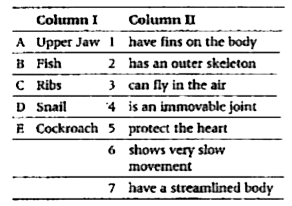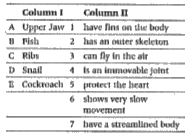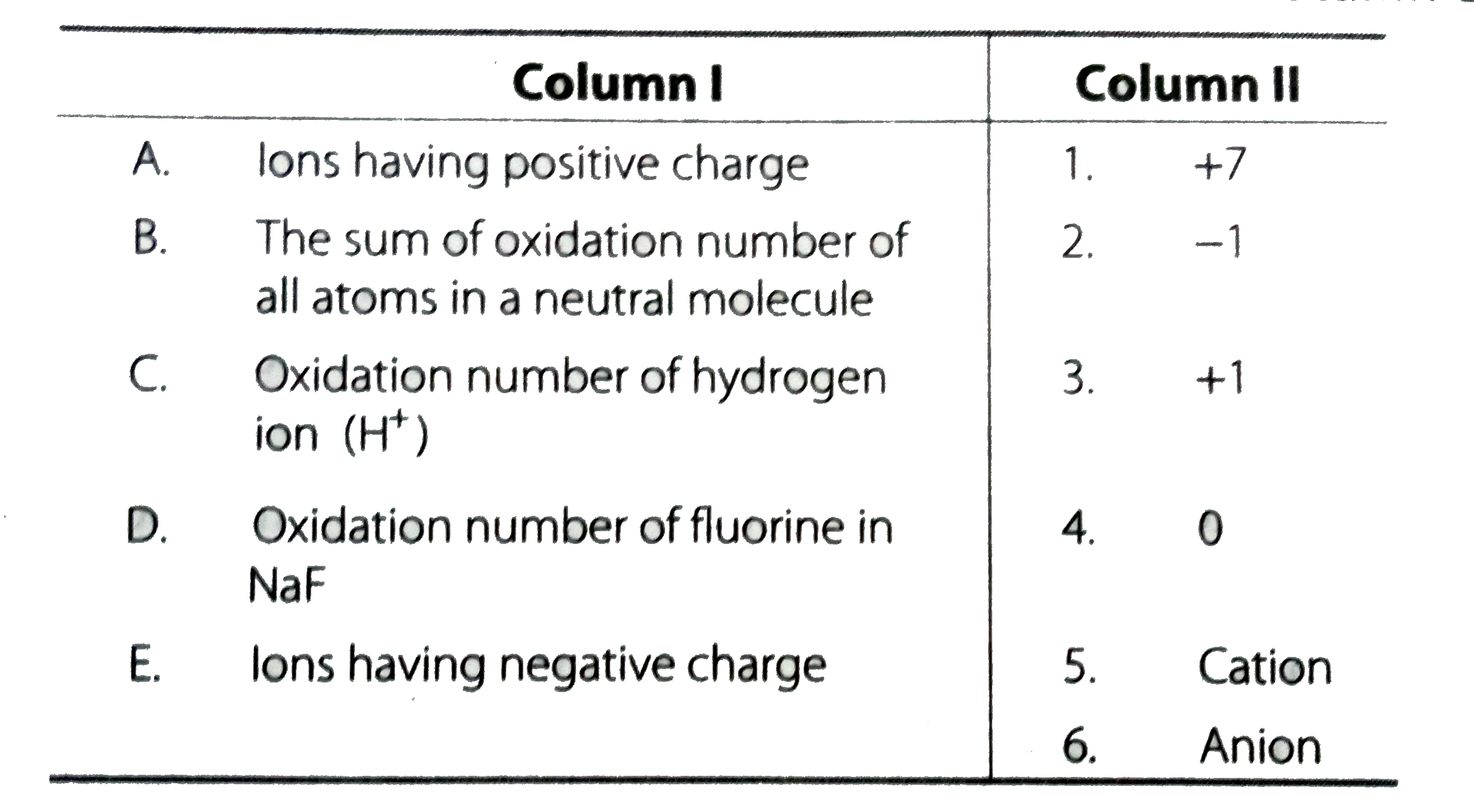Match the items in Column I with the relevant item in column II.

The correct Answer is:N/a
A.Hydrogen peroxide is used as a perhydrol and propellant.
B. Sodium hexametaphospher is used in Calgon method.
C. Permanet hardness of hard water is removed by zeolite and sodium hexametaphosphate.
Topper's Solved these Questions
- BOOK - NCERT EXEMPLARCHAPTER - HYDROGENEXERCISE - ASSERTION AND REASON2videos
HYDROGEN
- BOOK - NCERT EXEMPLARCHAPTER - HYDROGENEXERCISE - LONG ANSWER TYPE QUESTIONS8videos
HYDROGEN
- BOOK - NCERT EXEMPLARCHAPTER - HYDROGENEXERCISE - SHORT ANSWER TYPE QUESTIONS35videos
HYDROGEN
- BOOK - NCERT EXEMPLARCHAPTER - HYDROCARBONSEXERCISE - Long Answer Type Questions4videos
HYDROCARBONS
- BOOK - NCERT EXEMPLARCHAPTER - ORGANIC CHEMISTRY : SOME BASIC PRINCIPLES AND TECHNIQUESEXERCISE - Long Answer type question6videos
ORGANIC CHEMISTRY : SOME BASIC PRINCIPLES AND TECHNIQUES
Similar Questions
Knowledge Check
- Question 1 - Select One
Match the items in Column I with one or more items of Column II.
 AABCDE47,1563,2BABCDE71,53,264CABCDE463,257,1DABCDE651,743,2
AABCDE47,1563,2BABCDE71,53,264CABCDE463,257,1DABCDE651,743,2 - Question 2 - Select One
Match the items in Column I with one or more items of Column II.
 AABCDE47,1563,2BABCDE71,53,257,1CABCDE463,257,1DABCDE651,743,2
AABCDE47,1563,2BABCDE71,53,257,1CABCDE463,257,1DABCDE651,743,2
Match the items in Column I with relevant items in Column II
Column IColumn II(i) Ions having positive charge(a)+7(ii) The sum of oxidation number of (b)−1 all atoms in a neutral molecule(iii) Oxidation number of hydrogen (c)+1 ion(H+)(iv) Oxidation number of fluorine in (d)0 NaF(v) Ions having negative charge (e) Cation(f) AnionView SolutionMatch the items in Column I with relevant items in Column II
Column IColumn II(i) Ions having positive charge(a)+7(ii) The sum of oxidation number of (b)−1 all atoms in a neutral molecule(iii) Oxidation number of hydrogen (c)+1 ion(H+)(iv) Oxidation number of fluorine in (d)0 NaF(v) Ions having negative charge (e) Cation(f) AnionView SolutionMatch the items in Column I with relevant items in Column II
Column IColumn II(i) Ions having positive charge(a)+7(ii) The sum of oxidation number of (b)−1 all atoms in a neutral molecule(iii) Oxidation number of hydrogen (c)+1 ion(H+)(iv) Oxidation number of fluorine in (d)0 NaF(v) Ions having negative charge (e) Cation(f) AnionView SolutionMatch the items in Column I with one or more items of Column II.
 View Solution
View SolutionMatch the items in Column I with one or more items of Column II.
 View Solution
View SolutionMatch the items of column I with suitable items in column II :
 .View Solution
.View Solution



